Metal flashing plays a critical role in protecting vulnerable areas in a roofing system. Although the main roofing material across a roofing system handles the majority of water protection for a roof, flashing takes care of the areas where penetrations occur or where two surfaces meet. This article will explore what metal flashing is and how it benefits your client’s roofing system.
What is Metal Flashing?
Metal flashing is a thin material installed around roof features such as:
- Chimneys
- Wall junctions
- Roof valleys
- Dormers
- Skylights
- Pipe penetrations
When it comes to the materials used in flashing metal, the most common choices are:
- Steel: Preferred for its strength and durability, steel is an intelligent choice for roofing systems. It is robust enough to support the weight of water-filled gutters and withstand extreme weather conditions.
- Aluminum: Known for its durability and low maintenance, aluminum flashing metal can last 30 years or longer while enduring extreme temperatures. While aluminum may not have the same natural appeal as wood, it is available in various colors to enhance its aesthetic appeal.
This versatility allows homeowners and builders to choose a material that complements the overall design of the building. Whether you’re considering standard metal flashing panels for a cost-effective solution or opting for custom metal flashing panels to achieve a unique aesthetic, Metal Formers is ready to help you evaluate your roofing project to find the option that best fits.
What is Drip Edge in Metal Roofing?
A drip edge is a specific type of metal flashing that is installed around the edges of a roof to redirect water away from the fascia and underlying components. With metal roofs, the drip edge protects the decking and fascia while creating a finished look that will leave your client satisfied. Although other types of roof flashing also protect roofs from water damage, the drip edge is uniquely designed to prevent water from being able to flow back up underneath the roof deck or fascia.
Without the sharp, downward slope drip edge, water can cling to the underside of roofing materials and flow back toward the fascia or roof deck instead of flowing off the roof into the gutters. The drip edge also prevents water from becoming trapped in tight spaces between metal roofing components and panels. In areas like Tennessee, drip edge provides structural reinforcement to the edges of roofs during strong thunderstorms, seasonal rain, and tornadoes, making it essential for maintaining more than just building codes.
With Metal Formers, Inc., you can secure custom-fabricated metal drip edges that will match the exact dimensions and style of your client’s roof. To see the types of drip edges we can custom fabricate for your roofing project, check out our trim and flashing page for a full list.
Why is Flashing so Important?
Flashing helps preserve your roofing projects from the elements, allowing you to give your clients exactly what they are looking for: a high-quality roof that lasts. When you’re planning out a roofing project with your client, focus on explaining the key benefits of flashing, including:
- Waterproofing Vulnerable Areas: Flashing shields joints and intersections across the roof from water damage.
- Preventing Long-Term Damage: Well-maintained flashing keeps water from leaking through the roof, avoiding costly repairs from water-damaged drywall, framing, and more.
- Maintaining Structural Integrity: Flashing helps prevent fastener corrosion and protects the roof’s structural base from water infiltration.
- Extending Roof Life: High-quality, properly installed flashing can extend roof life by protecting the weakest areas.
- Code Compliance and Warranty Protection: Building codes require flashing at roof transitions, and many manufacturer warranties require flashing to be properly installed. Tennessee follows the International Residential Code (IRC), requiring a drip edge on new roof construction and re-roofing projects.
Moreover, the benefits of metal flashing extend to its durability, eco-friendliness, and low maintenance requirements. Metal roofing flashing systems from Metal Formers are a prime example, known for their durability and aesthetic appeal while reducing installation time and minimizing errors.
The Value of a Metal Company That Custom-Fabricates Flashing
Although standard flashing panels can get the job done, custom-fabricated flashing from a metal fabrication company like Metal Formers can provide numerous benefits that will enhance your next roofing project. When you use custom flashing from Metal Formers, you can expect:
- Perfect Fit for Unique Roof Designs: Roofs with unusual transitions, complex designs, and irregular penetrations can easily be fitted precisely.
- Improved Performance: The water-tight seal and reliable drainage routes custom-fitted flashing to create longer-lasting results than standard flashing.
- Superior Aesthetics: With custom-fabricated flashing, you can select a custom color and material to seamlessly blend into the roof and architecture.
- Better Material Selection: Custom-fabricated flashing can be produced in the exact material and gauge your project needs for any environment.
- Faster Turnaround and On-Site Adjustments: Working with a local metal company such as Metal Formers reduces lead times and makes it easier to make last-minute changes on-site.
- Consistent Quality Control: Mass-produced standard flashing goes through less quality assurance than custom-fabricated flashing.
Overall, when you work with a custom-fabrication metal company like Metal Formers, you get a partnership that creates more precision, flexibility, and reliability to create roofing systems that keep your client’s home protected and looking great.
The Role of Fascia Metal in Roofing Systems

Fascia metal is essential for preserving the strength and appearance of a roofing system by providing protection, stability, and visual enhancement. Here are its key benefits:
- Gutter Support: Fascia metal offers a stable attachment point for gutters, ensuring proper function during heavy rainfall and preserving the roof’s structural integrity.
- Protection: Fascia metal covers exposed rafters, blocking moisture and pests, thereby enhancing roof functionality and longevity.
- Structural Integrity: Fascia metal maintains roofing system integrity by supporting eaves and facilitating secure gutter installation.
- Moisture Barrier: Acting as a water barrier, fascia metal prevents moisture damage at the junction of outer walls and the roof.
- Aesthetic Enhancement: Fascia metal frames roof features, concealing rough edges and enhancing the building’s sophisticated appearance.
Additionally, fascia metal can be customized in various colors and styles to complement different architectural designs, allowing homeowners and builders to achieve a tailored aesthetic that aligns with personal and architectural preferences. Whether aiming for a streamlined appearance or a more refined look, fascia metal offers the flexibility to enhance the building’s exterior in a visually appealing manner.
Types of Fascia Metal Trim and Panels
Fascia metal comes in various types of metal fascia, each designed to serve specific purposes and cater to different aesthetic preferences. Here are the primary types:
- Metal Fascia Trim: Also known as metal fascia wrap, this type covers fascia boards, protecting them from water, debris, insects, and animals. It enhances the building’s aesthetic by offering a polished and refined appearance.
- Standard Metal Fascia Panels: Positioned at the lower edge of the roof, these panels provide protection and support with concealed fasteners for a clean look. They come in various profiles, such as T-8 Plankwall and rigid metal fascia panels, known for their wavy appearance.
- Custom Metal Fascia Panels: Tailored to meet specific design requirements, these panels offer unique aesthetic elements that standard panels cannot. Although more expensive and time-consuming, they result in a sophisticated and bespoke roofing system.
At Metal Formers, Inc., we have a variety of metal trim and flashing options that we can custom-cut for your next roofing project to ensure a perfect fit. Our options include:
- 6” Box Gutter – Cut 21”
- Counter Flashing – Cut 5.5”
- Counter Headwall Flashing Pitched – Cut 11”
- 4”x5” Downspout – Cut 19.5”
- 3”x3” Fat Roof Drip Edge – Cut 6.5”
- Downspout Strap – Cut 2.5”
- Gable Trim – Cut 9”
- Gutter Hanger – Cut 2.5”
- Hardie Flashing – Cut 4.5”
- Headwall Flashing Pitched – Cut 10”
For more information about all available custom-cut trim and flashing pieces we offer, visit our Trim and Flashing page. By understanding the differences between these options, you can make informed decisions when embarking on your next roofing project.
Choosing the Right Fascia Metal Trim and Panels
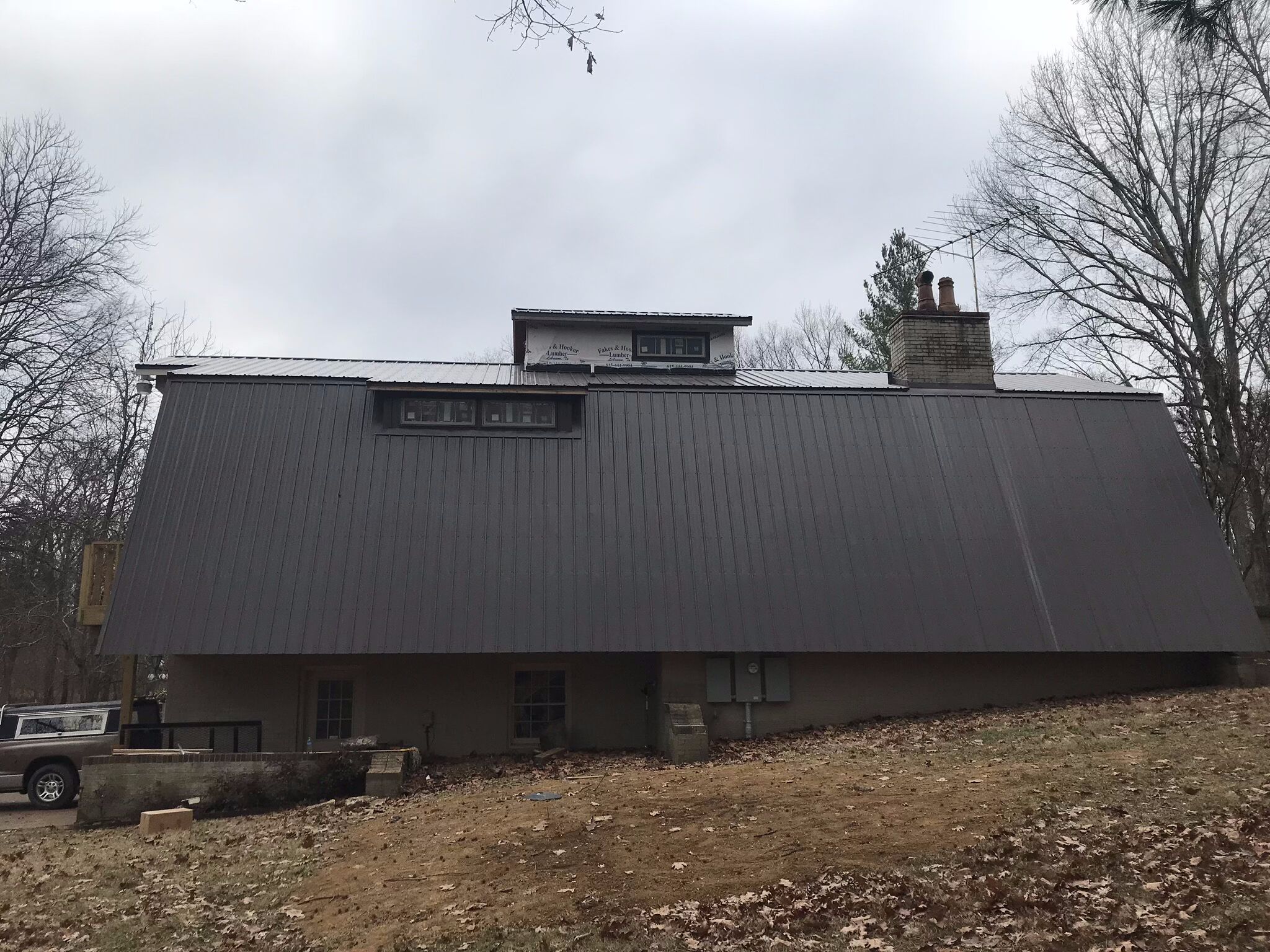
When choosing fascia metal trim and panels, consider the following project factors to ensure the best fit for your client:
- Budget Constraints:
- Standard metal fascia panels are more cost-effective.
- Custom metal fascia panels offer unique designs but at a higher cost.
- Aesthetic Preferences:
- Match the fascia metal with the building’s architectural style.
- Select colors and finishes that enhance the building’s visual appeal.
- Functional Requirements:
- Assess the climate and environmental conditions to choose suitable materials.
- Ensure compliance with local building codes and standards.
- Durability and Maintenance:
- Consider the long-term maintenance needs of the material.
- Choose materials known for durability, like steel or aluminum, to minimize upkeep.
By evaluating these aspects, you can choose fascia metal trim and panels that meet your project’s aesthetic, functional, and financial needs.
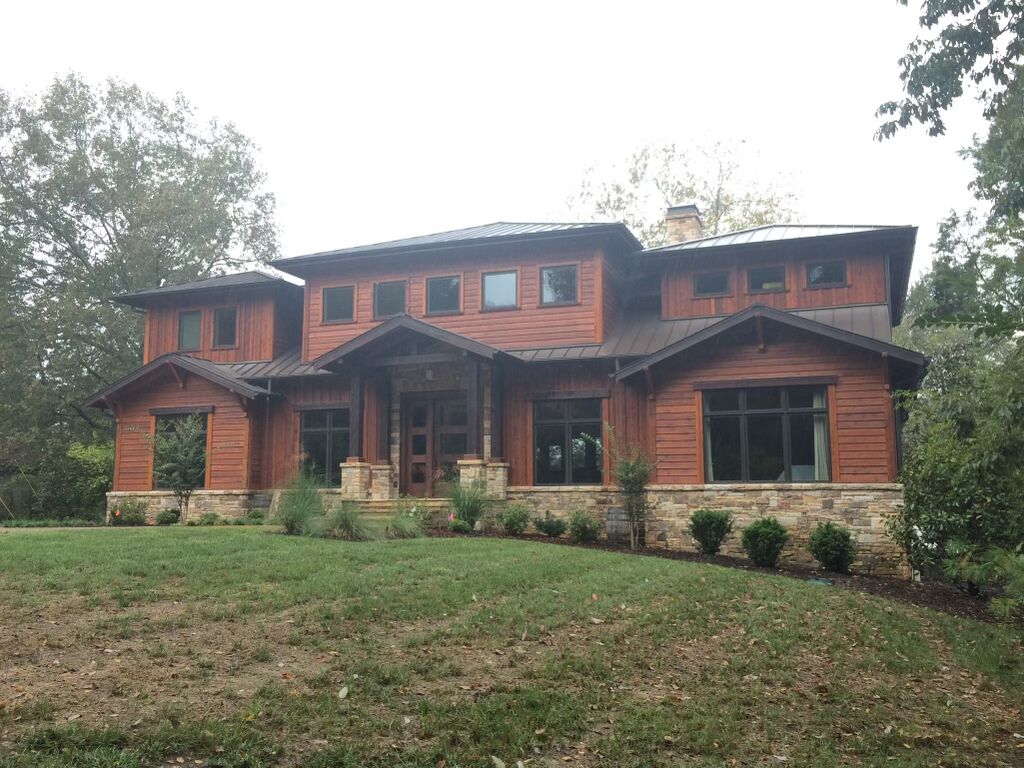
Common Issues and Solutions
Fascia metal, while durable, can face issues over time. Regular inspections and timely maintenance are key to preserving both its aesthetic and structural integrity. Here are some common issues and solutions:
- Rust: Applying protective coatings prevents rust, but if it occurs, a rust-inhibiting primer and matching paint can restore the fascia’s appearance and functionality.
- Loose Panels: Loose panels can affect the fascia’s look and stability. Secure loose panels by inspecting and tightening fasteners, and use support brackets or clips for added stability.
- Rust in Steel Fascia: Rust, especially in steel fascia, can lead to deterioration if ignored. Immediate treatment with a rust-inhibiting primer and paint can effectively manage rust, maintaining both functionality and aesthetics.
Routine inspections are vital for preventing structural and appearance issues. By keeping a consistent inspection schedule and applying protective coatings, you can create a proactive approach that maintains the roofing system as a whole.
Metal Roofing with Metal Formers, Inc.
Understanding the different types of fascia metal trim and panels, as well as the materials used, can help you make informed decisions for your roofing projects. By investing in quality fascia metal and following best practices for its care, you can make sure your roof lasts longer while still looking fantastic.
At Metal Formers in Nashville, TN, we offer a variety of metal panels, trims, and flashings that can be made with any gauge to make your metal roof look outstanding. We can help you determine the best fascia pieces for your next roofing project and ensure your clients get a customized, high-quality metal roof. You can find more information about the metal fabrication options we provide online and view some of our residential roofing work.
If you have additional questions about Metal Formers and our products, feel free to connect with us online. For online orders, visit our order form page to download the order form for the products you need. Once completed, you will want to send your form to us via email at office@metalformersinc.com.
When it comes to protecting your roof and making your roof last, the team at Metal Formers is eager to assist you with any home improvement needs! We look forward to hearing from you.
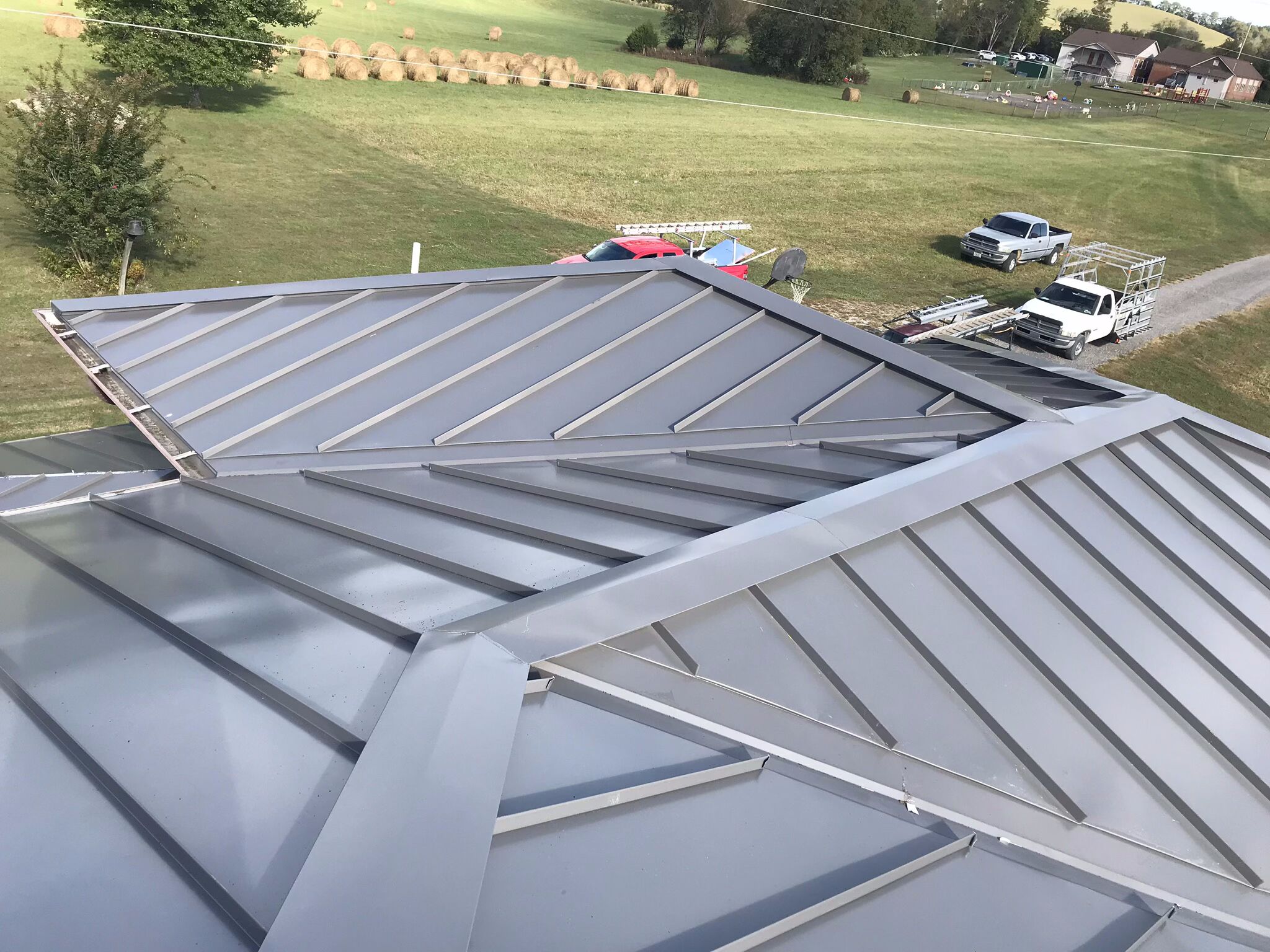
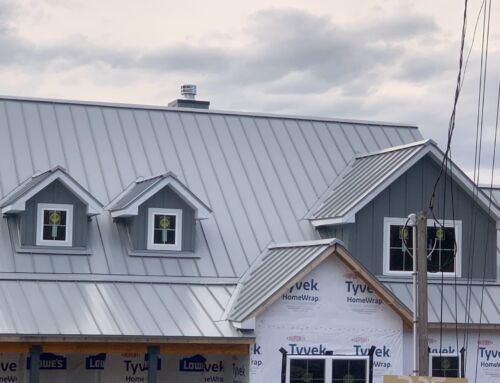
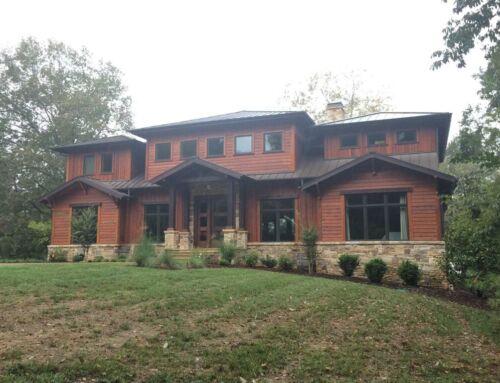
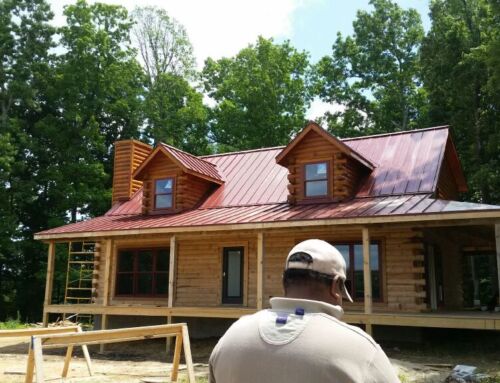
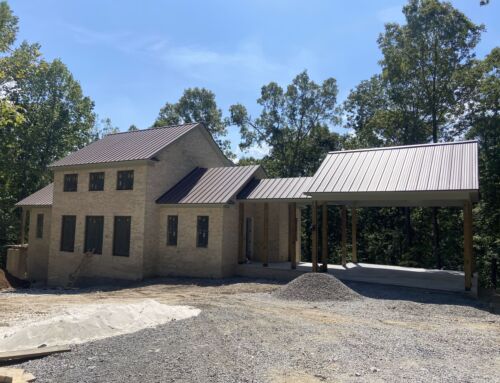
Leave A Comment